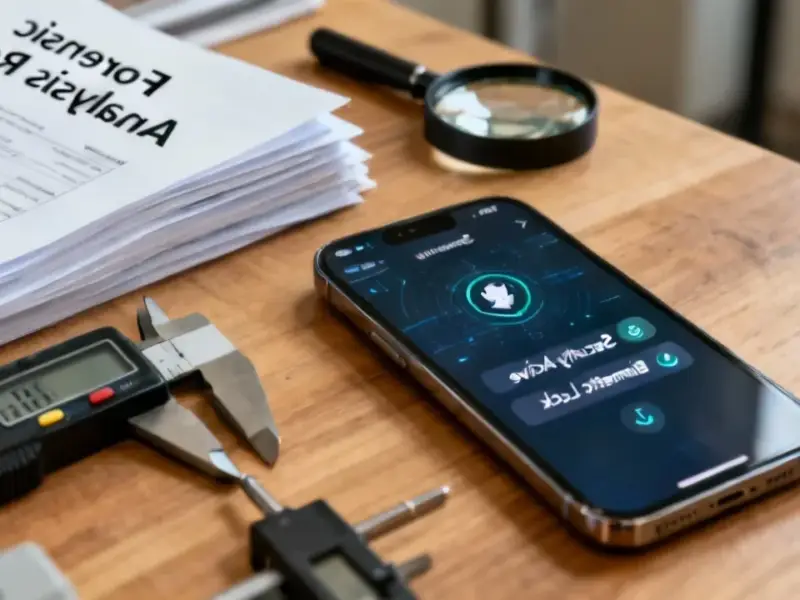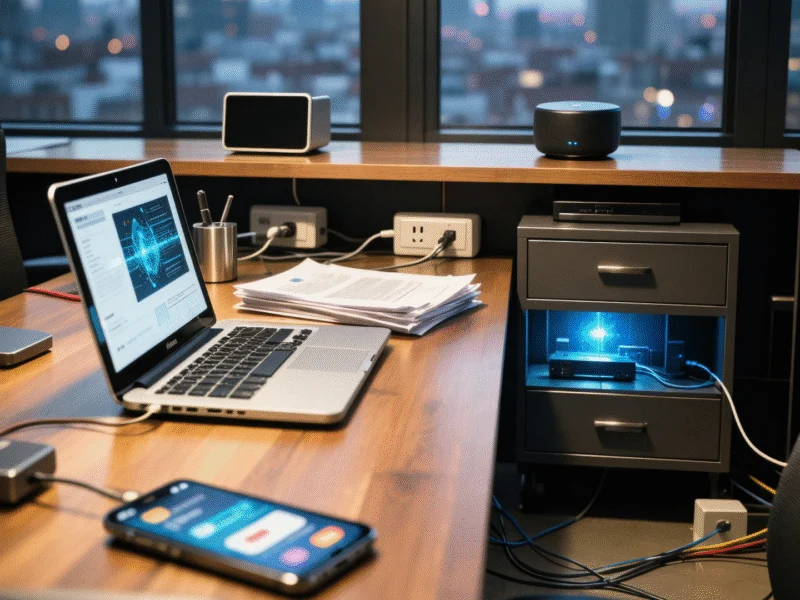According to Digital Trends, security researchers at Palo Alto Networks’ Unit 42 discovered a sophisticated Android spyware campaign called Landfall that exploited a zero-day vulnerability in Samsung Galaxy phones. The flaw, tracked as CVE-2025-21042, hid within Samsung’s image-processing library and allowed attackers to infect devices simply by sending a malicious .DNG image file through messaging apps like WhatsApp. What’s particularly alarming is that this was a zero-click exploit – victims didn’t need to open or interact with the image for their device to become compromised. Samsung patched the vulnerability in April 2025, but the spyware had been actively infecting devices since July 2024, operating undetected for nearly ten months. The campaign specifically targeted Samsung Galaxy S22, S23, S24, and foldable models like Z Fold 4 and Z Flip 4 running Android versions 13 through 15, with victims primarily located in Middle Eastern and North African countries including Iran, Iraq, Turkey, and Morocco.
Why this matters
Here’s the thing that should really concern you: we’re way past the era where you could protect yourself by just not clicking suspicious links. This spyware didn’t require any user interaction at all. Basically, if someone sent you the wrong image file through WhatsApp or another messaging app, your phone could be silently compromised without you ever knowing.
Once infected, Landfall had terrifying capabilities – it could record audio, activate your camera, collect your messages and contacts, and track your location in real time. And the victims weren’t random people. This was precision targeting, consistent with state-aligned surveillance rather than mass cybercrime. The infrastructure links to domains previously associated with the Stealth Falcon surveillance group, though researchers haven’t confirmed exactly who’s behind it.
What you can do
So what’s the practical advice here? First, make absolutely sure your Samsung phone is fully updated – that April 2025 patch is crucial. Second, be extra cautious about images and files from unknown senders, even in apps you trust like WhatsApp. And watch for signs of compromise: unexpected battery drain, overheating, or mysterious background data usage could indicate something’s wrong.
But let’s be honest – vulnerabilities like this are incredibly difficult for average users to spot. That’s why phone manufacturers are racing to improve mobile security. Apple’s expanding its Lockdown Mode, and Google’s testing live threat detection for Android. The cat-and-mouse game between security researchers and surveillance vendors is intensifying, and ordinary users are caught in the middle.
Bigger picture
This isn’t just about Samsung phones. It’s about the entire mobile security landscape becoming more complex and dangerous. When professional surveillance vendors can exploit zero-day vulnerabilities that remain undetected for nearly a year, it raises serious questions about how secure our most personal devices really are.
The researchers at Unit 42 have done impressive work uncovering this campaign, and security reporter Manisha has been tracking similar threats. But the reality is that for every Landfall they discover, there are likely other sophisticated spyware campaigns still operating in the shadows. Our phones have become the most intimate surveillance devices we willingly carry, and incidents like this remind us that the security battle is far from over.




